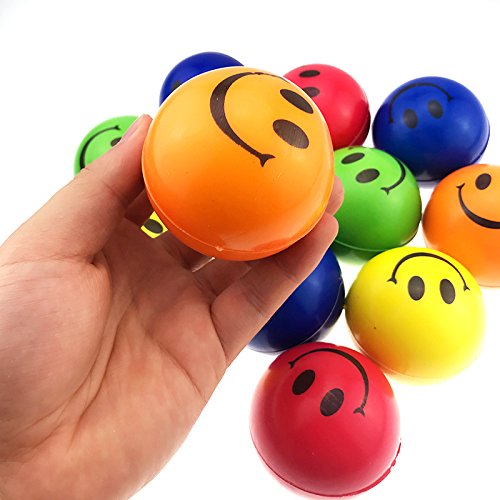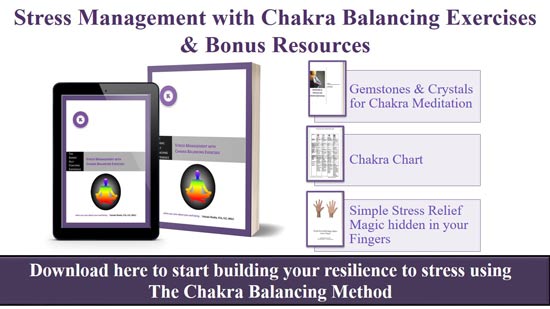
Many years ago, when one of the Big Four firms whom I worked for moved into its new state of the art building, the entire office received a gift pack. It contained a branded sipper bottle, a pen stand with a clock and a yellow smiley foam ball.
Everyone understood the utility of the first 2 gifts but few knew that the smiley ball was meant for stress management.
I liked Smiley as I called the ball and although I did not need to use it, kept it as a token of my time in the firm.
Years later, when Coco came to live with us, I gifted it to her until her puppy teeth started to come out. Then I realized there was an element of danger to her health. Smiley was hidden away in a safe place and replaced with more appropriate toys for a puppy.
Recently I took out Smiley for to show my mother how to use it to lower her blood pressure. Coco, who has had a setback to her recovery since my last post on melting moments took a fancy to it. Currently Smiley is acting as her stress ball. (That’s her with Smiley in the photo.)

Can a low-cost squishy ball actually provide medical benefits?
The answer is yes.
Using a stress ball–a foam or gel-filled ball that provides some resistance to pressure–can reduce stress immediately. A few squeezes in a short session help to release stress but there are other benefits too.
In this post, I’m sharing 3 practical applications of the stress ball and it does not have to look like Smiley.
Caveat: In case of a severe condition, please consult your doctor before trying any of these exercises. Where researchers and reports contain warnings, I have provided them in the relevant application. In particular, for lowering blood pressure where more research is required.
The applications that I am going to share are meant to supplement any ongoing treatment. They are not as an alternative to proper medical care and are for information only.
How stress balls relieve stress
A stress ball is also known as a stress reliever because it is designed to relieve stress through repeated squeezing of the ball. One immediate explanation for its ability to relieve stress is that it deflects the attention of the user from the cause of the stress. When we squeeze the ball, not only does our focus shift, but also nerves in the palm transmit signals to the brain to increase endorphin production resulting in an increase our sense of well-being.
Squeezing the ball results in hand muscles repeatedly contracting and relaxing. The flexing of our fingers during the squeezing exercise promotes blood circulation in the palm and to some extent in the forearm too.
This increase in blood circulation helps the user to get rid of pent-up irritation, tension, anxiety, and depression and feel lighter.
Another exercise that engages muscles up the entire arm while providing a light massage to the fingers, palms and wrist is to roll the ball against a table. Repeat the back-and-forth motion up to 20 times with each hand.
Isometric exercises help to lower blood pressure
I recently read an article which stated that the American Heart Association had released a report on combining alternative therapy with medication prescribed by doctors to lower blood pressure.
The article spoke about known methods with exercise leading the study as the most effective non-medicine approach to reducing high blood pressure.
This was followed by breathing exercises and then behavioral therapies like transcendental meditation.
The point that caught my attention was the mention of the considerable blood pressure lowering effect of isometric handgrip exercises. The report warned that, “caution is required at this point because only a few relatively small studies have been published. Results from larger-scale high-quality studies are necessary to draw firm conclusions.”
It also mentioned that handgrip exercises should be avoided by patients with severely uncontrolled high blood pressure (180/110 mm Hg or higher).
Provided you don’t have uncontrolled high blood pressure, here is a simple technique that you can use for alternative hand ball squeezes.
Hold the stress ball in the palm of your hand and squeeze it for 10 seconds and then slowly release your grip. Repeat the exercise with the other hand. Do this 4 times daily.
Smiley Balls come in different colors – choose one you are attracted to!
Improve wrist strength to prevent carpal tunnel syndrome
I wrote at length about carpal tunnel syndrome in my post “Is your wrist telling you to relax?”. It has simple exercises to relieve the pain caused by carpal tunnel syndrome and repetitive strain injury.
Stress balls can help to improve hand and wrist strength. To strengthen the wrist, use the same exercise as the one described for lowering your blood pressure above.
To improve your finger and thumb strength, pinch the ball with the thumb and each finger, one at a time. Then pinch the ball between just the fingers, giving the thumb a rest. Hold each pinch for a count of three and repeat up to twenty times or to the point of fatigue.
All of the exercises that I have shared can be done while sitting in one place and during short breaks.
In conclusion, squeezing the stress ball, pinching it or simply rolling it on a table can help to improve our sense of well-being providing us with the opportunity to help ourselves to feel better. Who does not want to feel good?
These are just 3 applications that I shared. Which of these stress ball exercises have you tried?
Resources: You might to check out to learn more
Handgrip Exercises May Lower Blood Pressure
High blood pressure (hypertension)
Are You Heading for a Burnout?
Karmic Ally Coaching’s Stress Management with Chakra Balancing Exercises Bundle will help. Download your personal us product clicking on the image below or click here
Written By: Vatsala Shukla





 I adhere to the Certified Coaches Alliance Code of Ethics and Standards. A copy is available on request.
I adhere to the Certified Coaches Alliance Code of Ethics and Standards. A copy is available on request.
 Let's Talk through the Connect Form:
Let's Talk through the Connect Form: